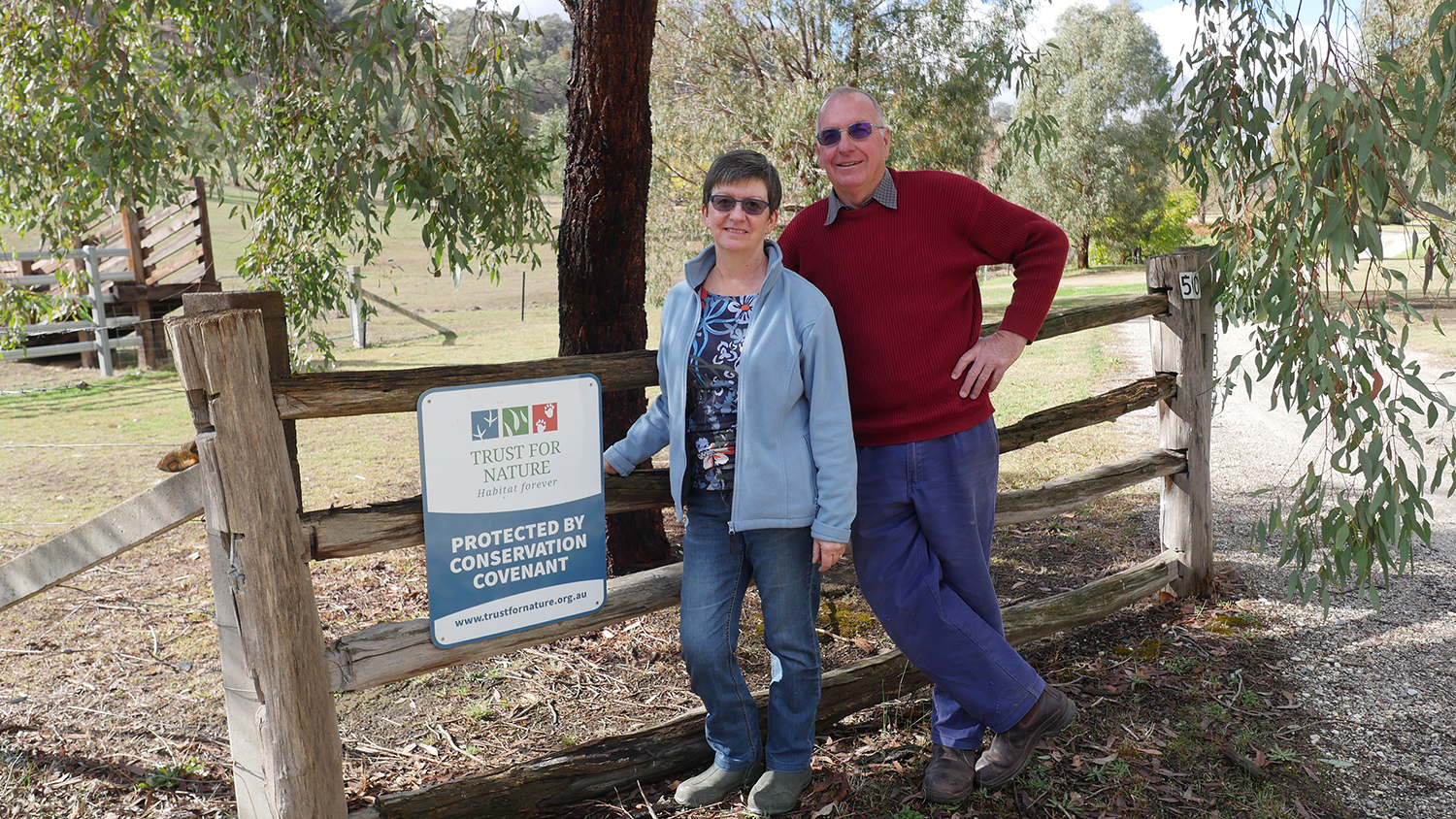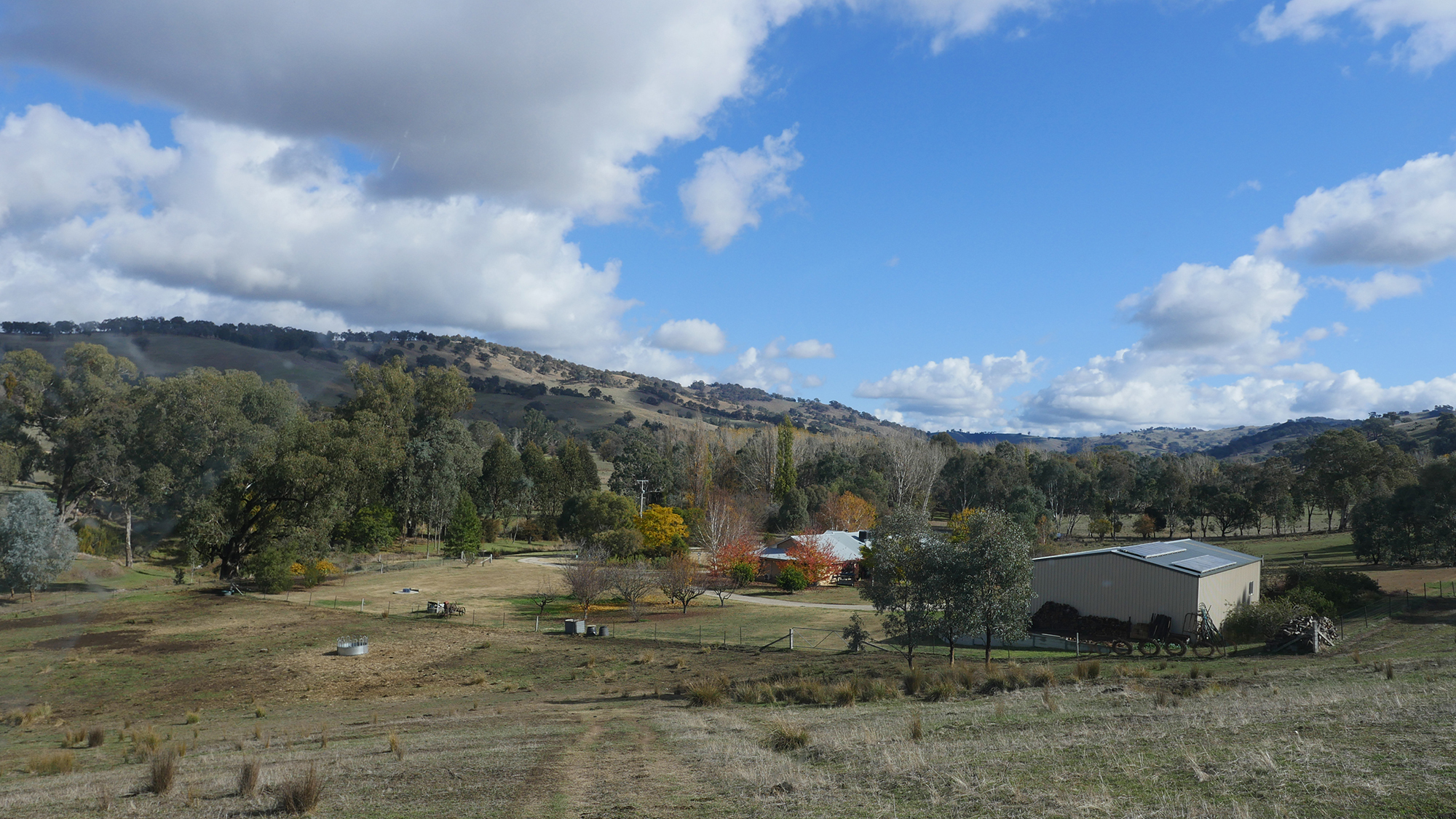Seasons, climate and species change, so too does knowledge about the best ways for humans to manage the land. It can be hard to keep up with ‘best practice’.
North-east Victoria has it all: mountains, river valleys, open plains and forests. It covers regions such as Wodonga, Indigo, Wangaratta, Alpine and Towong and part of east Gippsland. It’s also home to nationally endangered woodlands and wetlands; most of them are on private land.
To help landholders better understand how to look after them Trust for Nature teamed up with the North East Catchment Management Authority to share knowledge through field days focused on woodlands and wetlands and ecological burning.
The woodlands and wetlands three-year project (supported by the Australian Government’s National
Landcare program) also implemented many conservation improvements including pest and weed control, fencing off native vegetation and waterways, ecological thinning and installing nest boxes.
Twenty-five land managers participated, each committing to a 10-year land management agreement to enhance their sites, totalling 480 hectares.
The project also resulted in an extra 165 hectares permanently protected by covenants in the region thanks to the commitment of five landholders. This ensures the plants and animals will be protected forever, even if the properties change hands.
Major achievements
• 25,000 metres of new fencing to protect remnant vegetation.
• 17,000 tube stock planted to improve vegetation condition and connectivity.
• 85 nest boxes installed for threatened fauna.
Photo: Lynda and Greg Oates, courtesy Jacqueline Schulz


